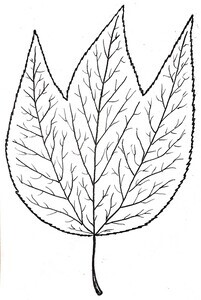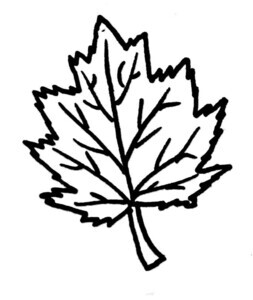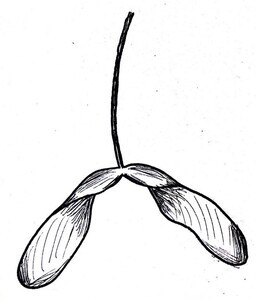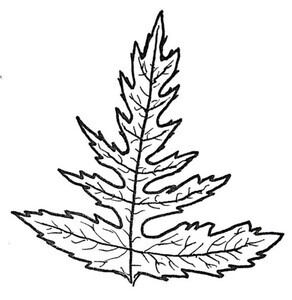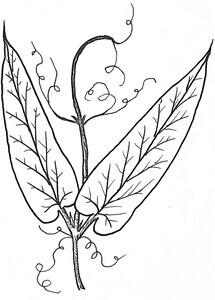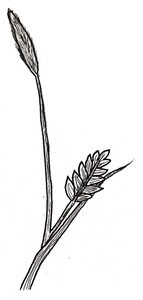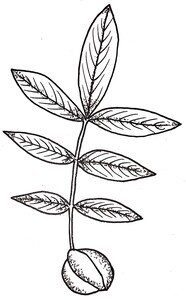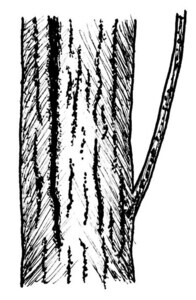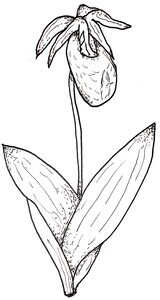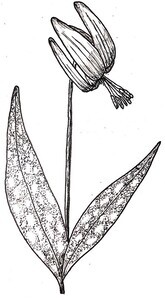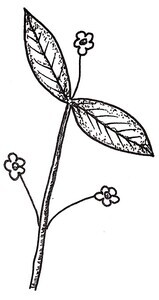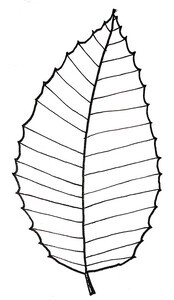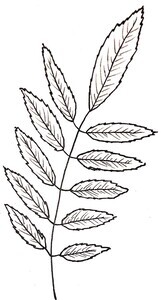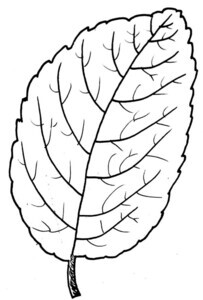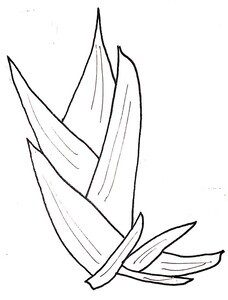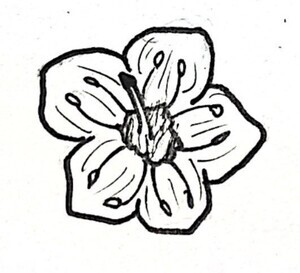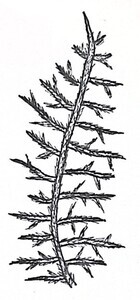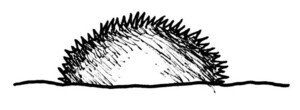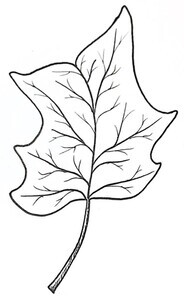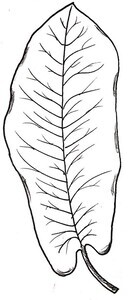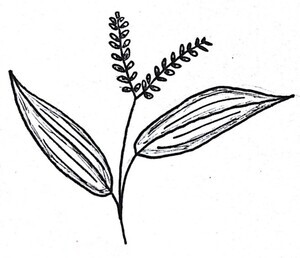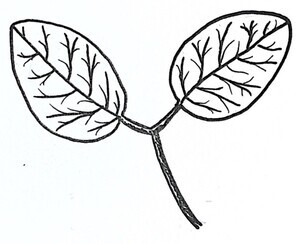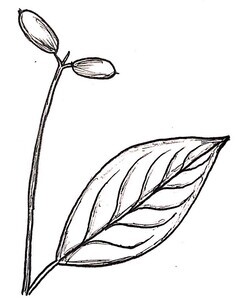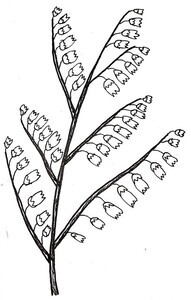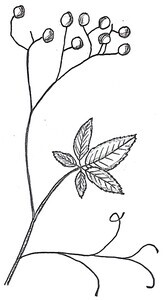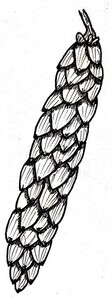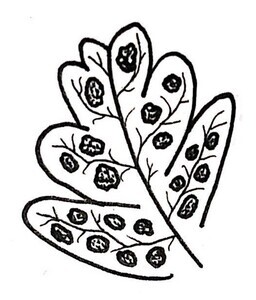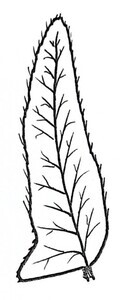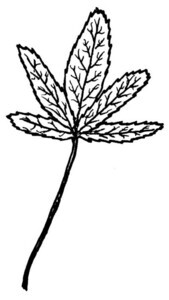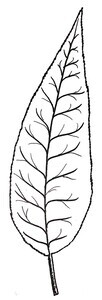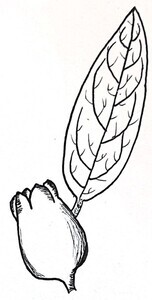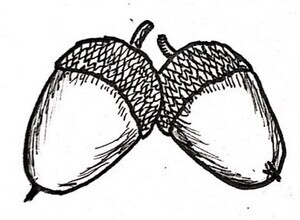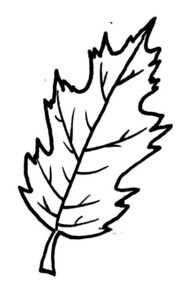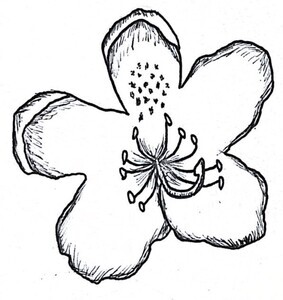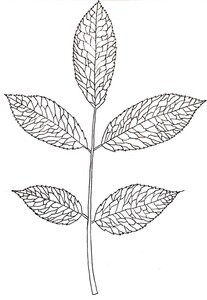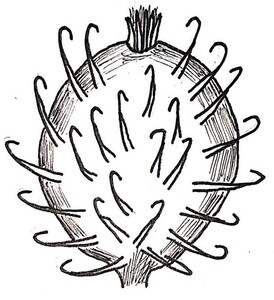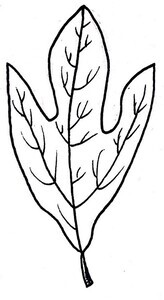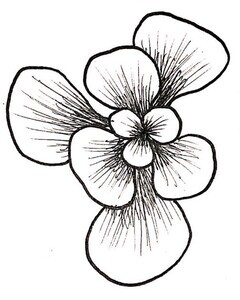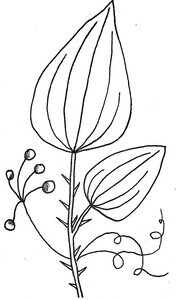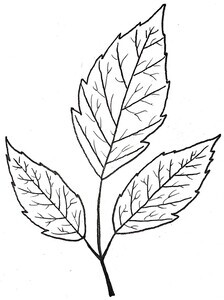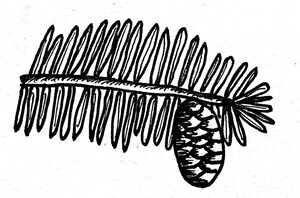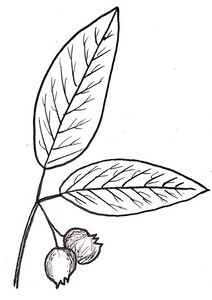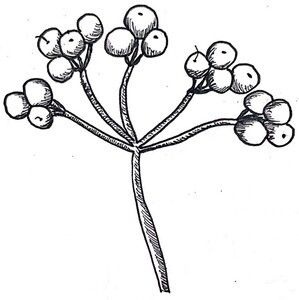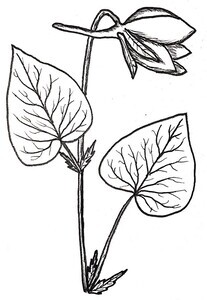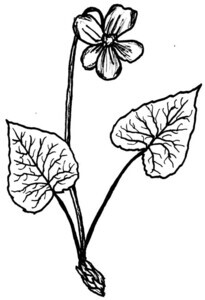Imagination
“So got my curiosity up, I started talking to the old timers ‘round town…I remember carrying leaves home from that Chestnut, those Chestnut sprouts and showing them to those old timers, that they’re still Chestnuts alive in the forest, even though they’re kind of small and scrubby…they knew exactly what it was and wondering where I found it.”
Ken
Many of the interviewees had a glowing smile when talking about the imaginative powers and curiosity they had when talking about the past massive Chestnuts or grey ghosts, current remnant saplings, or the future restored forests. The spectral qualities of the emotions involving imagination and curiosity is also very interesting when considering the time during the Chestnut tale they are discussing.
While the idea of curiosity might not initially seem political, but curiosity expressed by someone shows the “inherited hierarchies of value among scientific methodologies, people groups, and ideologies” (Zurn adn Shankar, 2020). Here, in Central Appalachia, the curiosity held among the interviewees shows us glimpses into how people value the American Chestnut. Savannah and Terry, for example, both independently mentioned the West Coast of the United States making parallels between the Redwoods and Chestnuts:
“Oh, shit, man. I mean, just imagine. I close my eyes and try to imagine what look like 200 years ago.. amazing and if you got an imagination, and I do. Imagine how it was, which is cool! …The Redwoods of the East, can you imagine trees here? And they were here, right here where we are. Blows my mind.”
Terry, Wednesday June 28, 2023
Savannah,
click text to visit interview
Both Terry and Savannah imagined both the past Chestnut stands as well as the future of restoring the Chestnut trees. The emotions are rendered political in speculative world-building through imagining worlds that could be created through the restoration of the project and pushing the mission of the American Chestnut Foundation and broader restoration goals.
